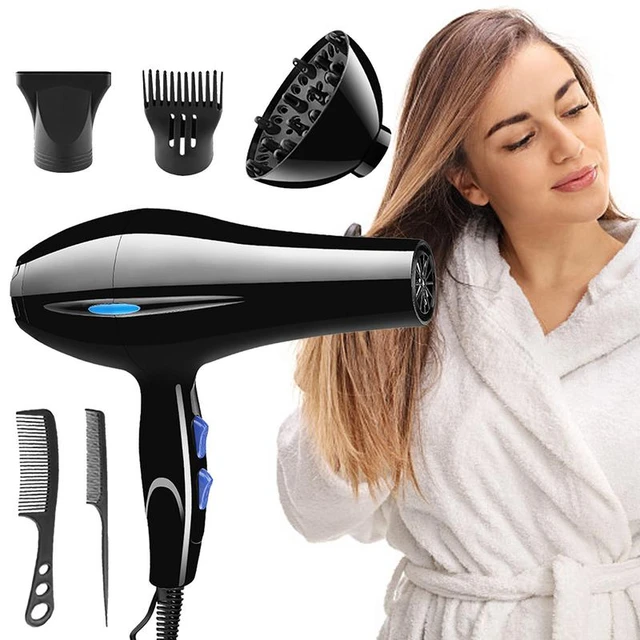Introduction:
Choosing between a heat gun and a hair dryer depends on the specific task at hand, as each tool is designed for different applications. This comprehensive guide explores the differences between heat guns and hair dryers, their respective uses, safety considerations, and tips for selecting the right tool for various tasks.
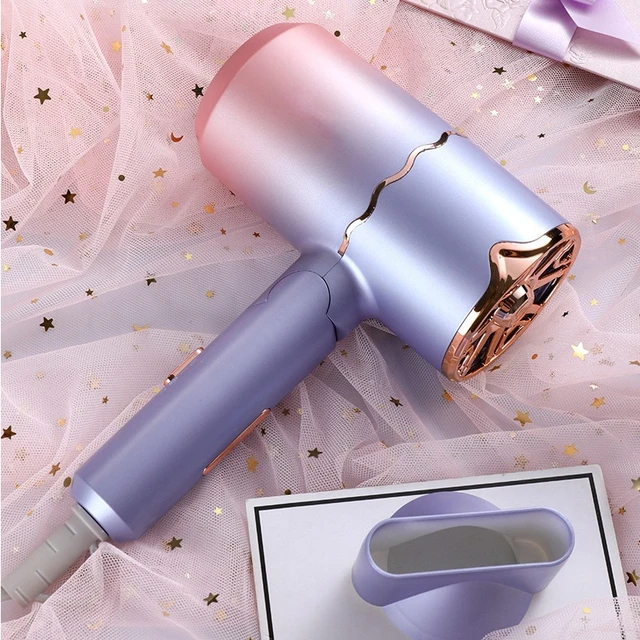
Heat Gun vs Hair Dryer:
Which Tool Is Better for Your Needs?
Operational Differences:
How Do Heat Guns and Hair Dryers Work?
Understanding the core operational differences between heat guns and hair dryers helps clarify their distinct functionalities.
Heat Guns:
High-Temperature Tools:
Functionality: Heat guns are designed to produce high temperatures ranging from approximately 100°F (38°C) to over 1200°F (650°C). They use a fan to blow hot air through a nozzle, which can be adjusted to focus the heat on a specific area.
Components: Heat guns typically have variable temperature settings and multiple airflow speeds. They often come with interchangeable nozzles to control the direction and concentration of the heat.
Applications: Heat guns are used for tasks requiring intense, concentrated heat, such as stripping paint, loosening rusted bolts, thawing frozen pipes, and shrinking plastic tubing. They can also be used in crafting and DIY projects, like removing adhesives or bending plastic.
Hair Dryers:
Low-Temperature Styling Tools:
Functionality: Hair dryers are designed to dry and style hair using hot air. They usually produce temperatures ranging from about 80°F (27°C) to 140°F (60°C). The air flow is less concentrated compared to heat guns.
Components: Hair dryers have multiple heat and speed settings, often including a cool shot button for setting hairstyles. They usually come with attachments like diffusers and concentrators to aid in styling.
Applications: Hair dryers are primarily used for personal hair care, including drying, straightening, and adding volume to hair. They are also occasionally used in household tasks, such as drying wet surfaces or speeding up glue drying time.
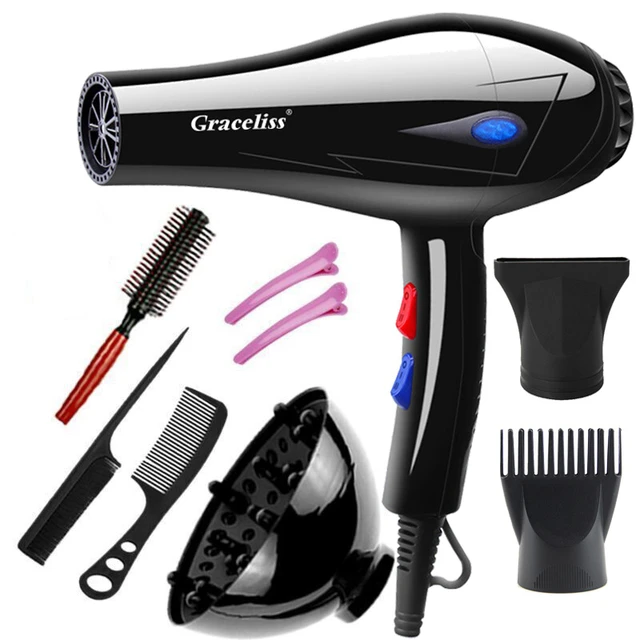 Heat Generation and Control:
Heat Generation and Control:
How Do Heat Guns and Hair Dryers Differ in Temperature Control?
Heat management is a crucial factor in distinguishing between the two tools, impacting their safety and effectiveness.
Heat Guns:
Precision Temperature Control:
Higher Heat Output: Heat guns can achieve significantly higher temperatures than hair dryers. They are ideal for applications requiring precise and controlled high heat.
Adjustable Settings: Most heat guns come with variable temperature control, allowing users to select the exact temperature needed for the task. Some models include digital displays for precise adjustments.
Hair Dryers:
Moderate Heat Settings:
Lower Heat Output: Hair dryers have a maximum heat output much lower than heat guns, making them safer for use on hair and more suitable for tasks requiring gentle heat.
Standard Settings: Hair dryers generally have a few basic heat settings (low, medium, high) along with speed settings. Advanced models may offer more specific adjustments, but they don’t provide the same level of precision as heat guns.
Safety Concerns:
What Are the Safety Precautions When Using Heat Guns and Hair Dryers?
Safety is paramount when using any tool that generates heat. Each tool requires different precautions due to their heat output and intended use.
Heat Guns:
High-Temperature Hazards:
Protective Gear: When using a heat gun, wear protective gloves and safety glasses to protect against accidental burns and debris. Use heat-resistant surfaces and tools.
Ventilation: Ensure adequate ventilation when working with heat guns, especially when stripping paint or melting materials that can release harmful fumes.
Focusing Heat: Avoid pointing a heat gun at flammable materials or leaving it unattended while in use. The concentrated heat can easily ignite surrounding objects or cause severe burns.
Hair Dryers:
Lower Risk Applications:
Proper Usage: While hair dryers are generally safer, avoid direct contact with the skin for extended periods to prevent burns. Keep hair dryers away from water to avoid electrical hazards.
Attachment Use: Use the appropriate attachments to distribute heat evenly and prevent overheating hair or surfaces. Ensure the air intake is not blocked to avoid overheating the device.
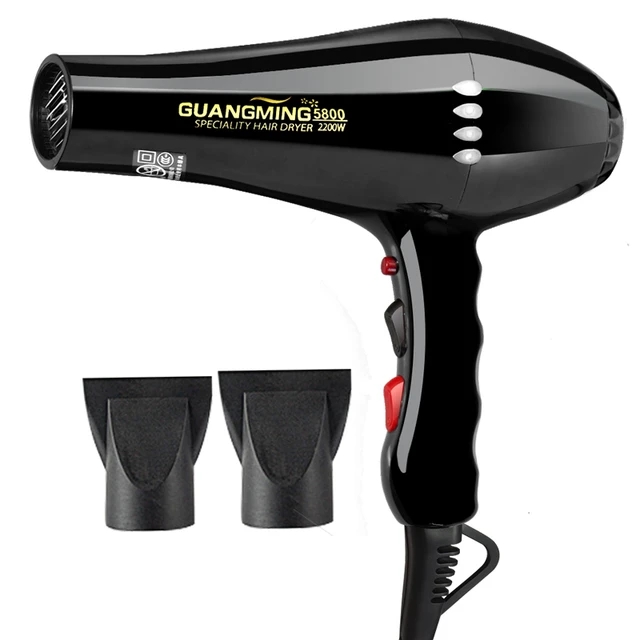 Household Applications:
Household Applications:
What Are the Suitable Tasks for Heat Guns and Hair Dryers in Domestic Settings?
Both tools have valuable applications around the house, though their suitability depends on the specific task.
Heat Guns:
DIY and Maintenance:
Paint Stripping: Heat guns are excellent for removing paint from wood or metal surfaces. The high heat softens the paint, making it easy to scrape off.
Thawing Pipes: For frozen pipes during winter, a heat gun can safely and effectively thaw them. Ensure not to overheat the pipes to avoid damage.
Shrink Wrapping: Heat guns are useful for shrink wrapping items, such as electrical wires with shrink tubing or packaging materials.
Hair Dryers:
General Household Tasks:
Drying Surfaces: Hair dryers can quickly dry wet surfaces or small areas of dampness, such as paint touch-ups or craft projects.
Removing Stickers: Gentle heat from a hair dryer can soften adhesive, making it easier to remove stickers or labels from surfaces without damaging them.
Defrosting Freezers: A hair dryer can be used to defrost a freezer by melting ice buildup. This method is safer and more controlled than using a heat gun.
Crafting Applications:
How Do Heat Guns and Hair Dryers Serve in Crafting and DIY Projects?
Crafting projects often require specific types of heat application, making the choice between a heat gun and a hair dryer critical.
Heat Guns:
Flexible Crafting Tool:
Embossing: Heat guns are perfect for embossing in scrapbooking and card making. The focused heat quickly melts embossing powder to create raised designs.
Bending Plastic: For projects involving plastic, such as creating custom shapes or repairs, a heat gun provides the necessary heat to make plastic pliable.
Removing Paint and Adhesives: In DIY projects involving refurbishment, heat guns efficiently remove old paint and adhesives without damaging the underlying surface.
Hair Dryers:
Delicate Crafting Aid:
Drying Paint: Hair dryers can speed up the drying process for small paint projects, such as models or handmade decorations, ensuring even drying without overheating.
Setting Glue: For adhesives that require heat to set, a hair dryer provides a gentle and safe heat source, perfect for delicate materials like paper or fabric.
Softening Materials: Hair dryers can soften materials like wax or clay, making them easier to mold and shape in various crafting applications.
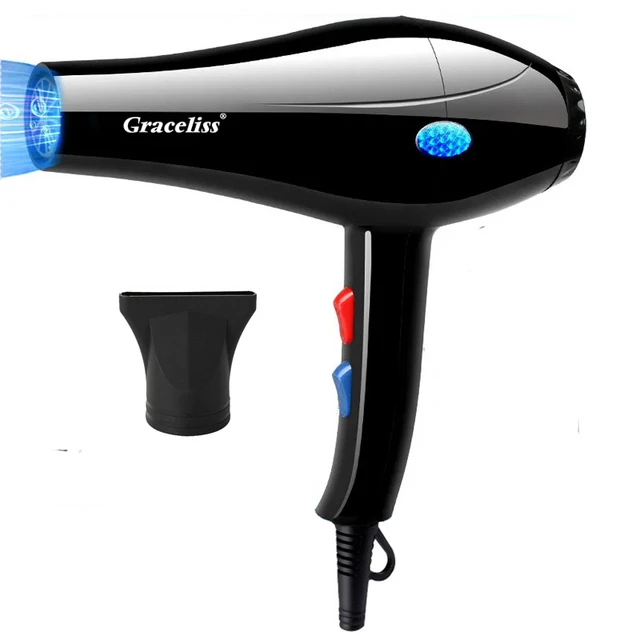 Professional Uses:
Professional Uses:
When Should Professionals Choose Heat Guns Over Hair Dryers?
In professional settings, the choice between a heat gun and a hair dryer often depends on the precision and intensity of the heat required.
Heat Guns:
Industrial and Technical Uses:
Automotive Repairs: In auto body workshops, heat guns are used for tasks such as removing decals, softening body filler, and loosening rusted bolts.
Electronics: Professionals use heat guns in electronics for tasks like desoldering components, heat shrinking tubing, and reflow soldering.
Construction: In construction, heat guns are ideal for tasks such as bending PVC pipes, removing old paint, and applying heat-activated materials.
Hair Dryers:
Personal Care and Styling:
Hair Salons: Professionals in hair salons use hair dryers for drying, styling, and setting hairstyles. Modern hair dryers often feature specialized settings and technologies designed to protect hair from heat damage.
Beauty Services: Apart from hair styling, hair dryers are also used in beauty services for tasks like drying nail polish and enhancing skincare treatments.
Maintenance and Longevity:
How to Maintain Heat Guns and Hair Dryers for Extended Use?
Proper maintenance extends the life and performance of both heat guns and hair dryers, ensuring they remain safe and effective.
Heat Guns:
Durable Tool Care:
Regular Cleaning: Keep the nozzles and vents clean to prevent dust buildup, which can affect performance and potentially cause overheating.
Proper Storage: Store heat guns in a cool, dry place. Always allow the heat gun to cool down before storage to prevent damage to the tool and its surroundings.
Usage Practice: Avoid prolonged use at maximum temperature to reduce wear on the heating element. Follow the manufacturer’s guidelines for optimal use.
Hair Dryers:
Caring for Styling Tools:
Filter Cleaning: Regularly clean the air intake filter to maintain airflow and prevent the motor from overheating. Most hair dryers have removable filters for easy cleaning.
Cord Management: Avoid wrapping the cord tightly around the hair dryer, as this can cause wear and tear. Store the cord loosely to maintain its integrity.
Usage Tips: Use the correct settings for different hair types to avoid unnecessary strain on the motor. Follow the manufacturer’s instructions for usage and maintenance.
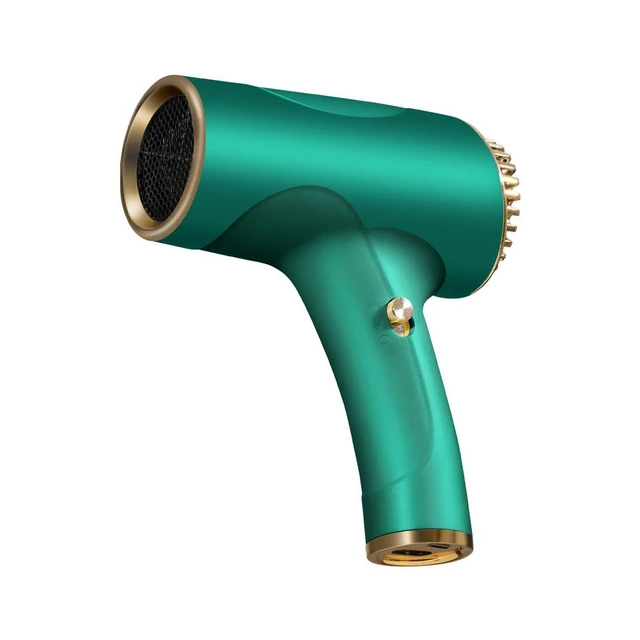 Cost and Accessibility:
Cost and Accessibility:
How Do Heat Guns and Hair Dryers Compare in Terms of Cost and Availability?
The cost and accessibility of heat guns and hair dryers vary, affecting consumer choice based on budget and specific needs.
Heat Guns:
Investment in Durability:
Price Range: Heat guns typically range from $20 for basic models to over $100 for professional-grade tools. More advanced features and higher temperature settings contribute to higher costs.
Availability: Heat guns are available at hardware stores, online retailers, and home improvement centers. Options vary from basic consumer models to specialized professional tools.
Hair Dryers:
Affordable Versatility:
Price Range: Hair dryers are generally more affordable, ranging from $10 for basic models to over $200 for high-end, professional hair dryers with advanced technology.
Availability: Hair dryers are commonly found in department stores, online retailers, beauty supply stores, and supermarkets. The wide range of models caters to various budgets and needs.
Conclusion
Choosing between a heat gun and a hair dryer depends on the specific task and the level of heat required. Heat guns offer high temperatures and precise control, making them suitable for industrial, DIY, and crafting tasks that require intense heat. Hair dryers, with their lower heat output and gentler air flow, are ideal for personal care, household tasks, and delicate crafting projects. By understanding their operational differences, safety considerations, and appropriate applications, you can select the right tool for your needs and ensure effective and safe usage. Proper maintenance further extends the life of both tools, maximizing their utility and performance.
